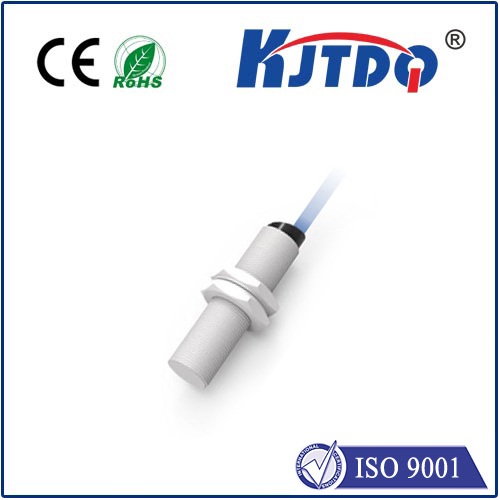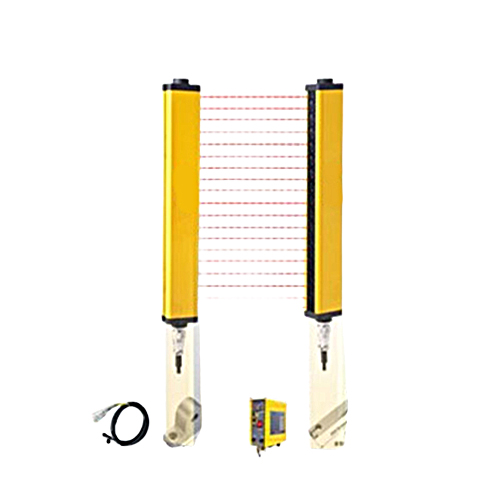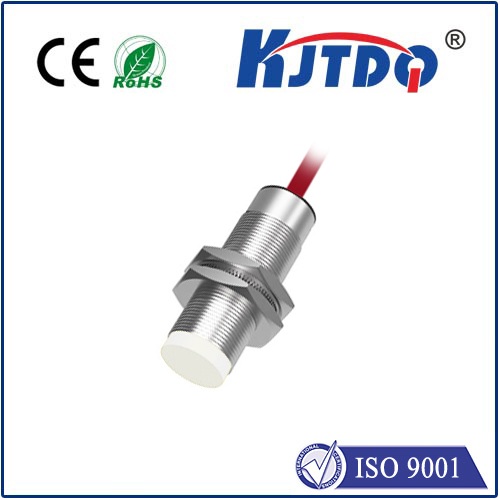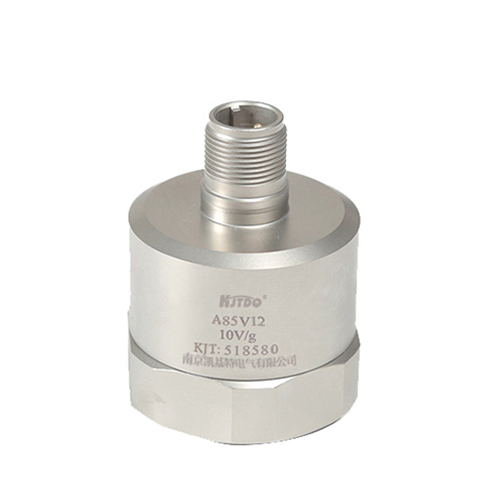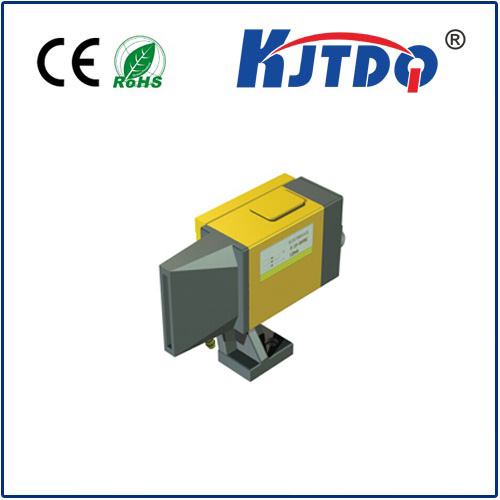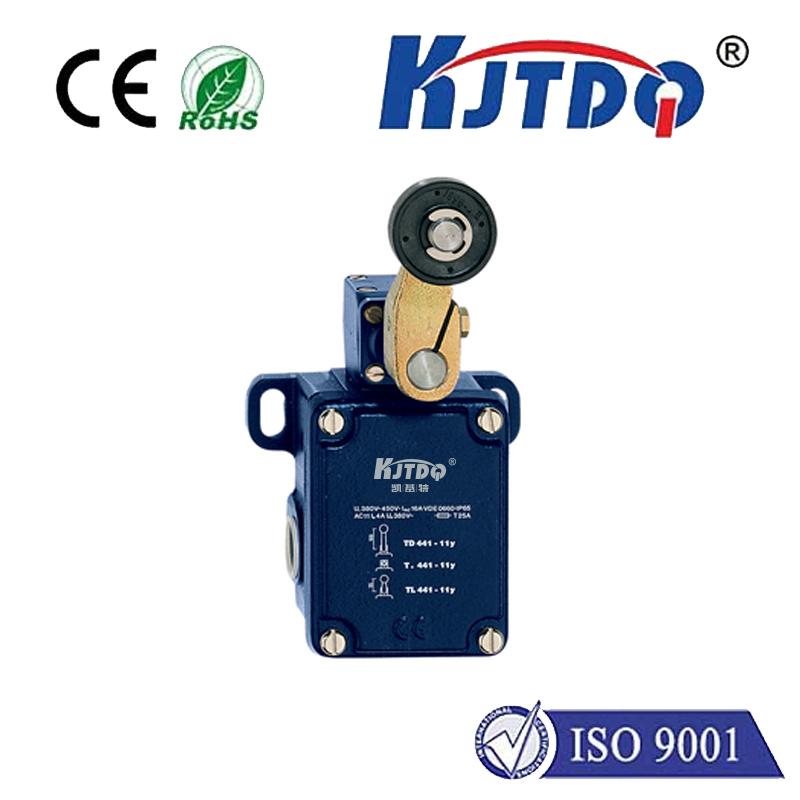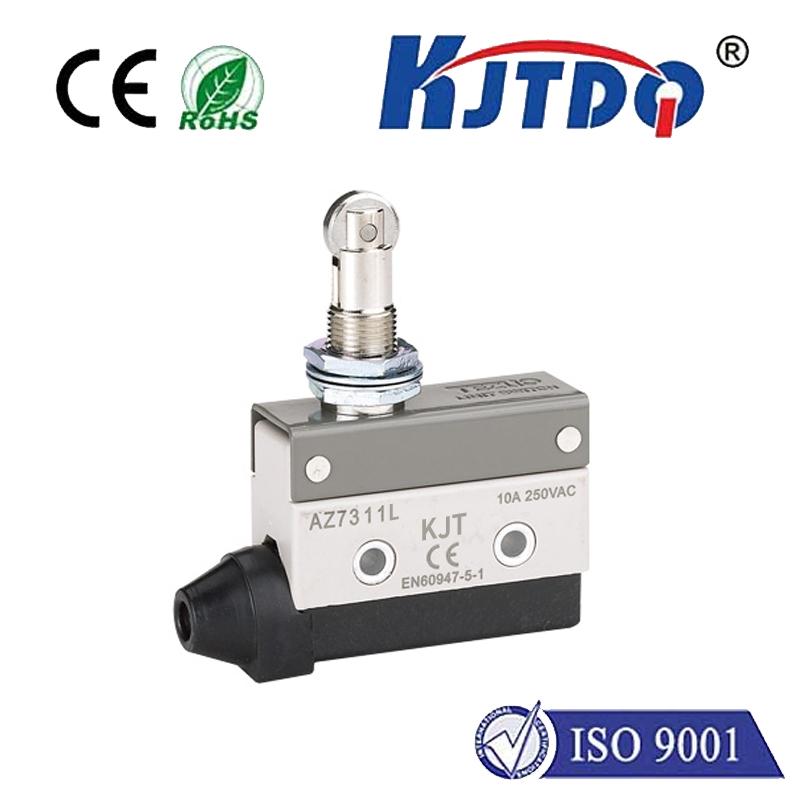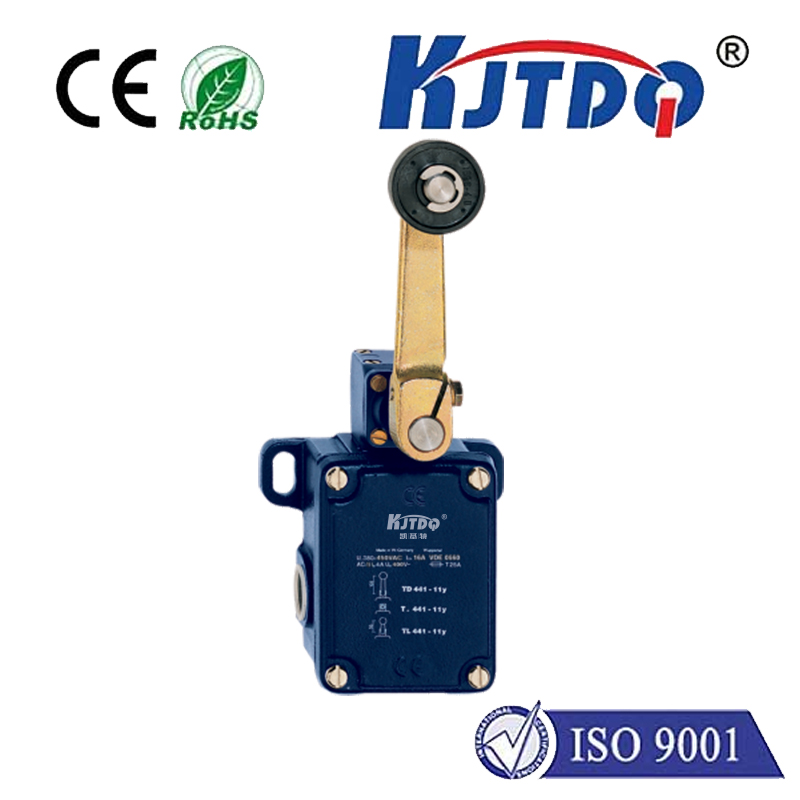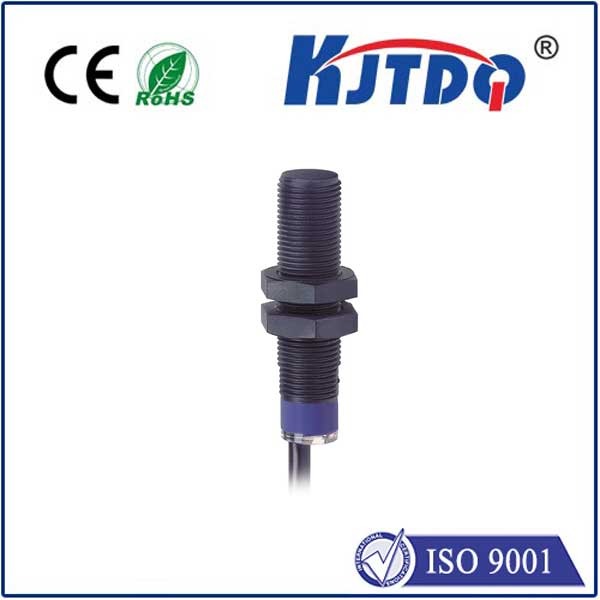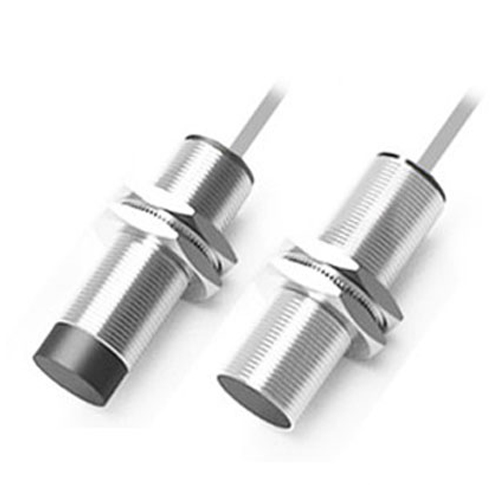

check

check

check

check

check

check

check

check

check

check
Title: Submersible Limit Switch: A Vital Component for Marine Operations
Introduction:
The underwater world is a complex and mysterious place, with numerous challenges that require sophisticated technology to overcome. One such technology is the submersible limit switch, a critical component that ensures safe and efficient operation of marine vehicles. In this article, we will explore the importance of the submersible limit switch, its functions, and how it contributes to the success of marine operations.
Body Paragraphs:
1. The Role of Submersible Limit Switch in Marine Operations:
A submersible limit switch is a mechanical device that controls the movement of a vehicle's thrusters or other mechanisms in response to external inputs. It plays a crucial role in ensuring safe and controlled descent of marine vehicles into the depths of the ocean. Without a functioning limit switch, the vehicle could become stuck, causing significant damage or loss of life.
2. Types of Submersible Limit Switches:
There are two primary types of submersible limit switches: pressure-sensitive and magnetic. Pressure-sensitive switches use a thin diaphragm to detect changes in pressure, while magnetic switches operate on the principle of magnetic fields. Both types of switches offer reliable and accurate detection of the vehicle's position and orientation.
3. Benefits of Using a Submersible Limit Switch:
Using a submersible limit switch offers several advantages over traditional methods of controlling underwater vehicles. First and foremost, it provides an accurate and reliable means of monitoring the vehicle's position and orientation. This information is essential for navigation and maintaining stability in the challenging underwater environment. Additionally, submersible limit switches can be easily retrofitted onto existing vehicles, making them highly adaptable to different applications.
4. Challenges in Designing and Manufacturing Submersible Limit Switches:
Despite their numerous benefits, designing and manufacturing submersible limit switches can be challenging due to factors such as water resistance, high temperatures, and pressure. To address these challenges, manufacturers must use specialized materials and techniques to ensure the switches can withstand the harsh conditions of the underwater world.
Conclusion:
In conclusion, the submersible limit switch is a vital component in marine operations, providing safe and efficient control of underwater vehicles. Its ability to accurately monitor vehicle position and orientation makes it an essential tool for navigation and maintaining stability in the challenging underwater environment. As such, continued research and development in this area are necessary to improve the performance and reliability of submersible limit switches for future marine missions.
